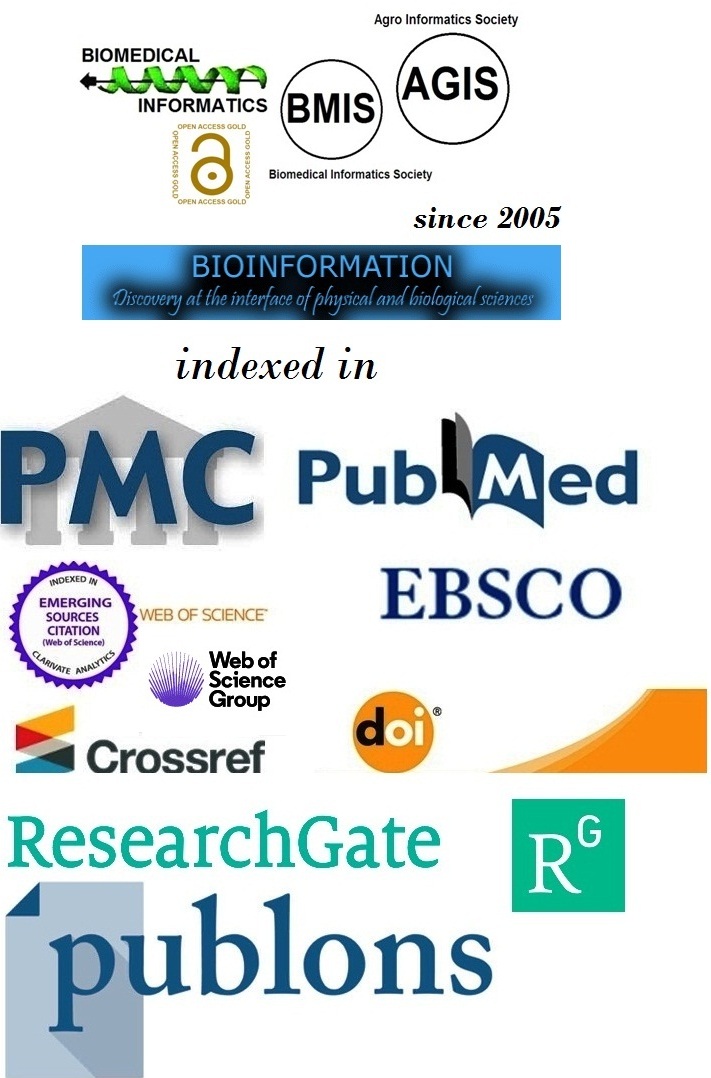Title
In vitro evaluation of retention in cement-retained implant prostheses with and without screw access channel
Authors
V Vivek1,*, Aishwarya Mahajan2, Sonal Srivastava3, Darakshan Saifi2, Pinki Bankoti2 & Chandana Nair2
Affiliation
1Department of Dental Surgery, VMMC & Safdarjung Hospital, New Delhi, India; 2Department of Prosthodontics and Crown and Bridge, Institute of Dental Science, Bareilly, Uttar Pradesh, India; 3Private Practitioner, Smile and Braces Multi-Speciality Dental clinic, Custom office lane, Near Prabhat khabar office, Kargil chowk, Sitamarhi, Bihar, India; *Corresponding author
V Vivek - E-mail: drvivekswami@gmail.com
Aishwarya Mahajan - E-mail: amahajan2895@gmail.com
Sonal Srivastava - E-mail: sonals116@gmail.com
DarakshanSaifi - E-mail: darakshasaifi121212@gmail.com
PinkiBankoti - E-mail: drpinkimehra@gmail.com
Chandana Nair - E-mail: chandana.nathan@gmail.com
Article Type
Research Article
Date
Received August 1, 2025; Revised August 31, 2025; Accepted August 31, 2025, Published August 31, 2025
Abstract
The retention of cement-retain implants prostheses with and without screw-access channels, using Glass Ionomer Cement (GIC) and resin cement. The methodology involved meticulous specimen mounting, scanning of abutments, 3D printing of resin patterns, casting, recovery, finishing, cementation, and tensile testing. Cement-retained implant restorations without access holes are recommended in cases with high aesthetic demand and increased masticatory load. Incorporating access holes aids in retrievability, retention, and occlusion, and decreases the extrusion of cement in the peri-implant space, but may compromise aesthetics. Thus, cementation of the implant prosthesis is recommended in cases with increased masticatory loads.
Keywords
Cement-retained implant prostheses, glass ionomer cement, masticatory loads
Citation
Vivek et al. Bioinformation 21(8): 2608-2612 (2025)
Edited by
Vini Mehta
ISSN
0973-2063
Publisher
License
This is an Open Access article which permits unrestricted use, distribution, and reproduction in any medium, provided the original work is properly credited. This is distributed under the terms of the Creative Commons Attribution License.
